THE CREATIVE PROCESS
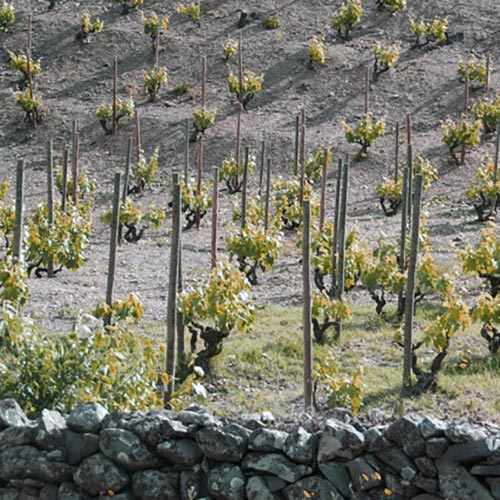 Topography
Topography
One of the most exciting aspects of making wine in Priorat is deciding on the key factors that will give the wine its characteristics. The irregular topography of the slate hills (llicorella) is one of the determining factors, as is the composition of the soil. The orientation of the vines, the type of cultivation, and the selected grape varieties, are also essential.
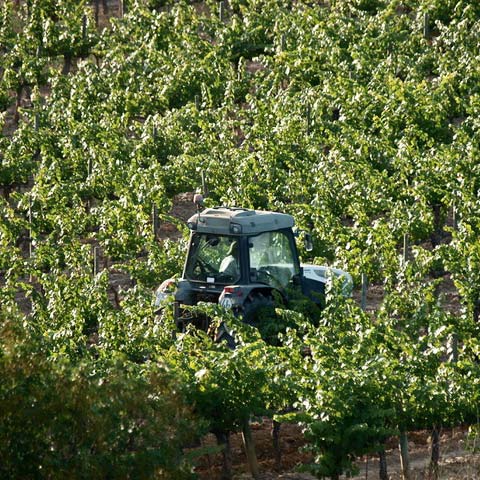 Vineyards
Vineyards
For Clos de l'Obac and Miserere wines, the grape varieties used are Grenache, Cabernet Sauvignon, Shiraz, Merlot, Ull de Llebre (Tempranillo), and Samsó (Carignan). For the white wine Kyrie, White Grenache, Macabeu, Xarel·lo, and Alexandria Muscat are used.
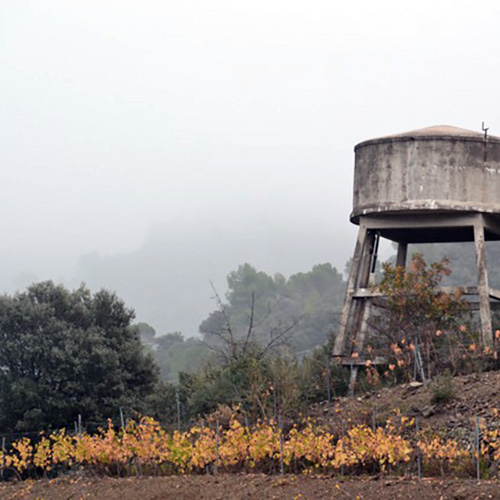 Cultivation
Cultivation
Among the grape varieties, Grenache, Samsó, and Cabernet Sauvignon come from old goblet trained vineyards, aged from fifty to eighty years. The rest of the vines have an average age of 25 years and are trained or retrained, using the double Cordon Royat or double branch vine training technique.
 The Fruit and the Feeling
The Fruit and the Feeling
In Priorat, the challenge of creating a great wine lies in combining the factors that will ultimately give it its unique personality. This is achieved through a creative process so exhilarating that it compels dedicating one's life to it. When you have tasted a wine and have come to know the people who made it, you can discover and understand the delicate connection between man and the land, work and rest, wisdom and boldness, feelings and senses.
THE CLOS DE L'OBAC PATTERN
Fixed Coupage
Clos de l'Obac, Miserere, and Kyrie wines follow a pattern that repeats the same varieties and blend every year, according to the predetermined blend chosen for each wine.
The purpose is for the climatic characteristics of the D.O.Q. to define the personality of each wine, instead of modifying the true characteristics of every vintage through a random blend that changes every year.
With this method, despite climate variations, the challenge is to produce a great wine out of every harvest, and for the wine to reflect the distinctive features of the four seasons in a year.
Natural Stabilization
Costers del Siurana wines undergo an extremely precise and meticulous aging process. Once the wine is finished and depending on the outdoor temperatures, it is left to rest in fermentation and storage vats for three to four months, in contact with the intense cold of winter, to achieve the first natural stabilization without the need for isothermal tanks and stirring paddles.
Racking and Rest
Subsequently, the wine is transferred by gravity to the aging cellar. There, it will remain in French oak barrels from the Limousin, Allier, and Nevers regions for ten to fifteen months. During this time, it undergoes decantation through controlled manual rackings by candlelight. This process separates the sediments that accumulate at the bottom of the barrels and could soil the wine and alter its flavors.
During the aging months, the barrels are exposed to the winter cold of Priorat, achieving a second natural stabilization. At the same time, manual clarifications using egg white fining are carried out barrel by barrel.
PRIORAT
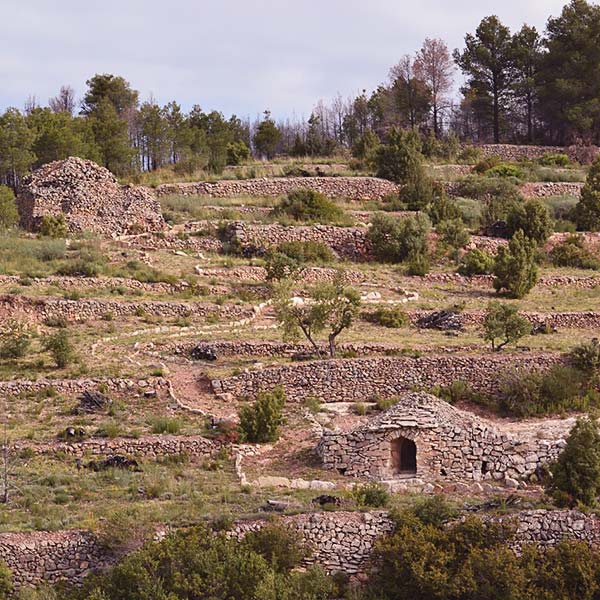 History
History
The decision of where a monastic community would be established was neither casual nor arbitrary. It had to consider aesthetic, geographic, climatic, social, political, economic, and religious factors to ensure the community's survival in both good and bad times.
The Priorat of Scala Dei was founded in 1194 by the King of Catalonia, Alfons I the Chaste. But in 1151, a small community of monks already lived in the village of Poboleda, where, among other things, they had probably already recognized the natural virtues of the place. So, what were these virtues?
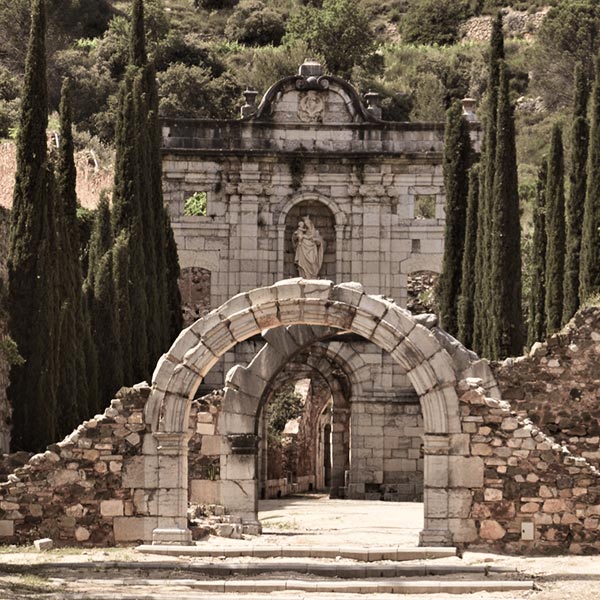 Geography
Geography
In the south of Catalonia, between the coastal and pre-coastal mountain ranges, Priorat is a land of hills and slopes oriented in all four cardinal directions, with an average elevation of 350 meters. The region is characterized by rich slate substrates on both sides of the Siurana River.
In this rugged geography, the vineyards benefit from exceptionally rich soil and a microclimate created by the imposing Serra del Montsant, a natural barrier of 1166 meters that regulates the region's temperature, protecting it from the northern elements. This combination of climate, topography, and slate soil (llicorella) imparts distinct organoleptic characteristics, giving Priorat wines the unique personality praised by wine experts and sommeliers worldwide.
 Landscape
Landscape
Ultimately, a landscape of pine, oak, holm oak, cistus, rosemary, thyme, bramble, juniper, vine, almond, fig, carob, and many other plant species, coexist with eagles, roe deer, rabbits, partridges, crows, kestrels, and wild boars. Together, they define a landscape of unforgettable aesthetics and spirituality.
